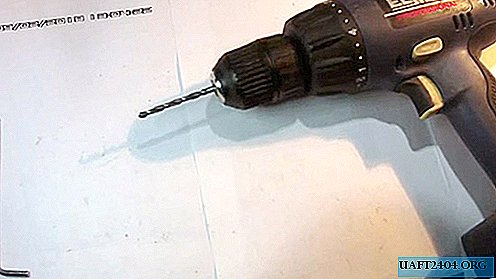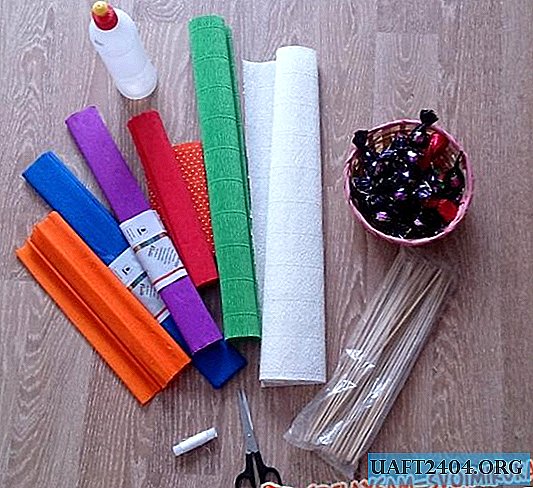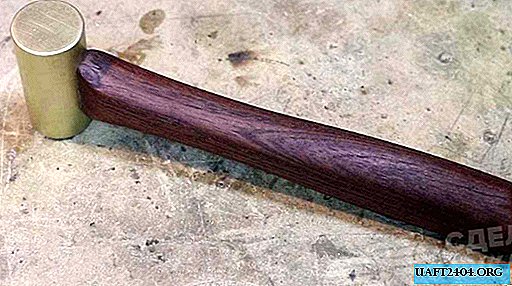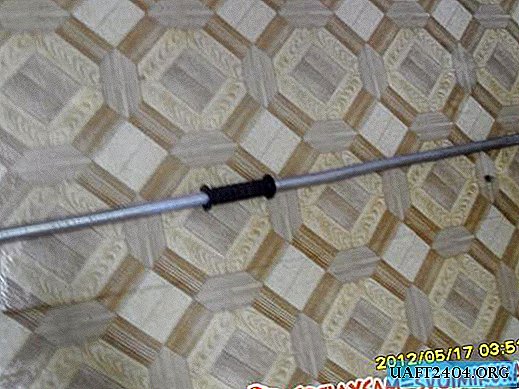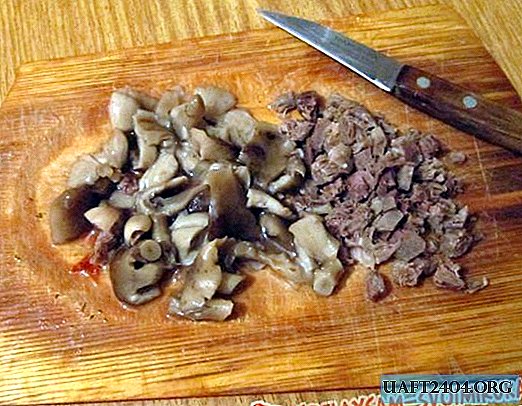Share
Pin
Tweet
Send
Share
Send
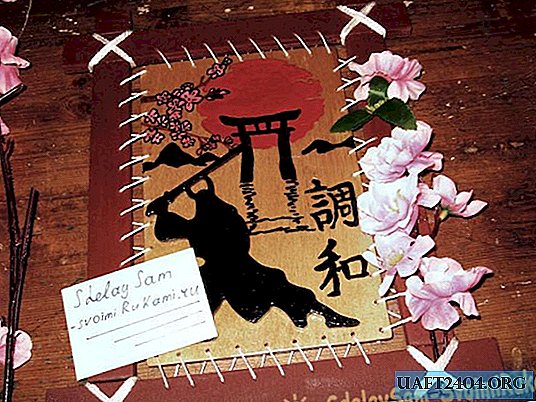
I have never been a fan of Japanese culture. However, I was always struck by the beauty of the work of ancient Japanese artists. Thanks to their works, I decided to create this homemade product.
To make it we need:
- Plywood (4 and 8 them).
- Thread (diameter from 1 to 2.5 mm).
- A sprig of artificial sakura.
- Thin wire with a diameter of less than 1 mm.
- Watercolor paints.
- Lacquer impregnation for wood.
- Hand jigsaw.
- Milling machine or ordinary flat file.
- Hot melt adhesive.
Getting to work.
To begin with, we cut out plywood with a thickness of 8 mm; 4 segments (2 - 23 cm long and 2 - 30 cm long).
The width of all segments will be equal to 2.5 cm. These segments will be the frame of our panel. We process segments of the future frame with a file and sandpaper. Further, 2.5 cm and 5 cm from the edges are retreated from each edge of the segments and we draw segments. Next, using a file or a milling machine, we remove exactly half the thickness of the plywood in the place that we limited the lines. And we get the grooves with which the frame will be assembled.



So, we protect the grooves with sandpaper and glue the frame.
At the time when the frame is glued, we measure the length and width of the rectangle that is obtained inside the frame and, reducing these figures by 0.5-0.8 cm, we cut the resulting rectangle out of plywood 4 mm thick. I will call this rectangle the basis in the future. Now is the time to choose an image to be based on. I found this background image on the Internet and added a samurai and hieroglyphs to it. In the process of compiling the image, I decided that the samurai should be more voluminous. And so we cut it separately from 4 mm plywood.
We mark the places for future holes, through them we will have lacing.
To do this, draw segments that will be located at a distance of 0.5 cm from the inner edges of the frame.
We retreat from the edges of the base by 0.5 cm and also draw segments. And at the corners of the resulting rectangle, we note the first four serifs for future holes. Next, from any serif, we begin to recede by about 1.5 cm, making serifs. When all serifs are marked on the basis, it will be necessary to place it approximately in the middle of the frame and, on the segments drawn on the frame, mark serifs. We do this in the following way: the serifs on the frame should be marked so that it is located approximately between two serifs on the base. And one more important detail: the number of serifs on the base should match the number of serifs on the frame. If all serifs are marked, then. It is time to drill holes in their places with a 3 mm drill.
Next stage. Using carbon paper or by hand transfer the image to the base. Thus, we get a simple coloring. You can color with any colors, but I recommend using either acrylics or watercolors.





When the drawing dries, you will need to cover it with oil varnish. By doing this, I pursued two goals. Firstly, give the picture the effect of antique paper. And secondly, give the picture a sparkle. So that the paint does not smear, you need to give the drawing a day to dry.
I do not really like the color of plywood, so I decided to cover the frame with varnish, which imitates the color of mahogany. I covered in two layers.
Now it's time to stick the samurai to the base. To make it look even more convex, I pasted 3 small segments behind it, which I cut from a wooden ruler.




The time has come for the last stage. It is necessary to connect the frame and the base.
First, we cut a thread 1-1.5 meters long. It is still necessary to cut a segment of 10 cm from the wire and bend it in half, and put and clamp one end of the thread into the bend. So we got a kind of needle. At the other end of the thread we tie a knot.
To start lacing, you need to place the base approximately in the middle of the frame.





(So that each edge of the base is approximately the same distance from the inside of the frame). Now we drag the needle through the hole in the lower right corner from the back of the base. Next, drag the needle through the hole in the frame from the outside. And again through the back of the warp. And so it is necessary to go through 5 holes on the base and 5 holes on the frame (If it is not clear, we will lace up relative to the lower right corner of the base). Now again cut 1-1.5 meters of thread and do the same, but from the upper left corner of the base. And lace up. This is necessary so that some edge of the base is not too tightly drawn to the frame. Try to maintain an equal distance between the base and the frame. If you notice that you have pulled the base too much, then it is better to unfold the lacing and start over. When both holes on the frame and the base are laced on the right and left, then further in any order, lacing both corners to the end. If the thread is over, then there is nothing to worry about. Just cut a new one, tie a knot at the end and continue lacing on. When you are done, use hot-melt adhesive to fix the ends of the threads on the back of the frame or warp. Now, with the same threads, crosswise knit all four corners of the frame. And the ends are also fixed with hot glue. At this stage, you can stop, but it seemed to me that the frame looks a bit empty. Therefore, I bought an artificial twig of sakura and with the help of hot glue installed it on the frame. Here is our panel and ready. It can serve as a good gift to any person. And if one of your friends is engaged in martial arts, then instead of a samurai, you can make a fighter of the sport that you need.


Share
Pin
Tweet
Send
Share
Send

